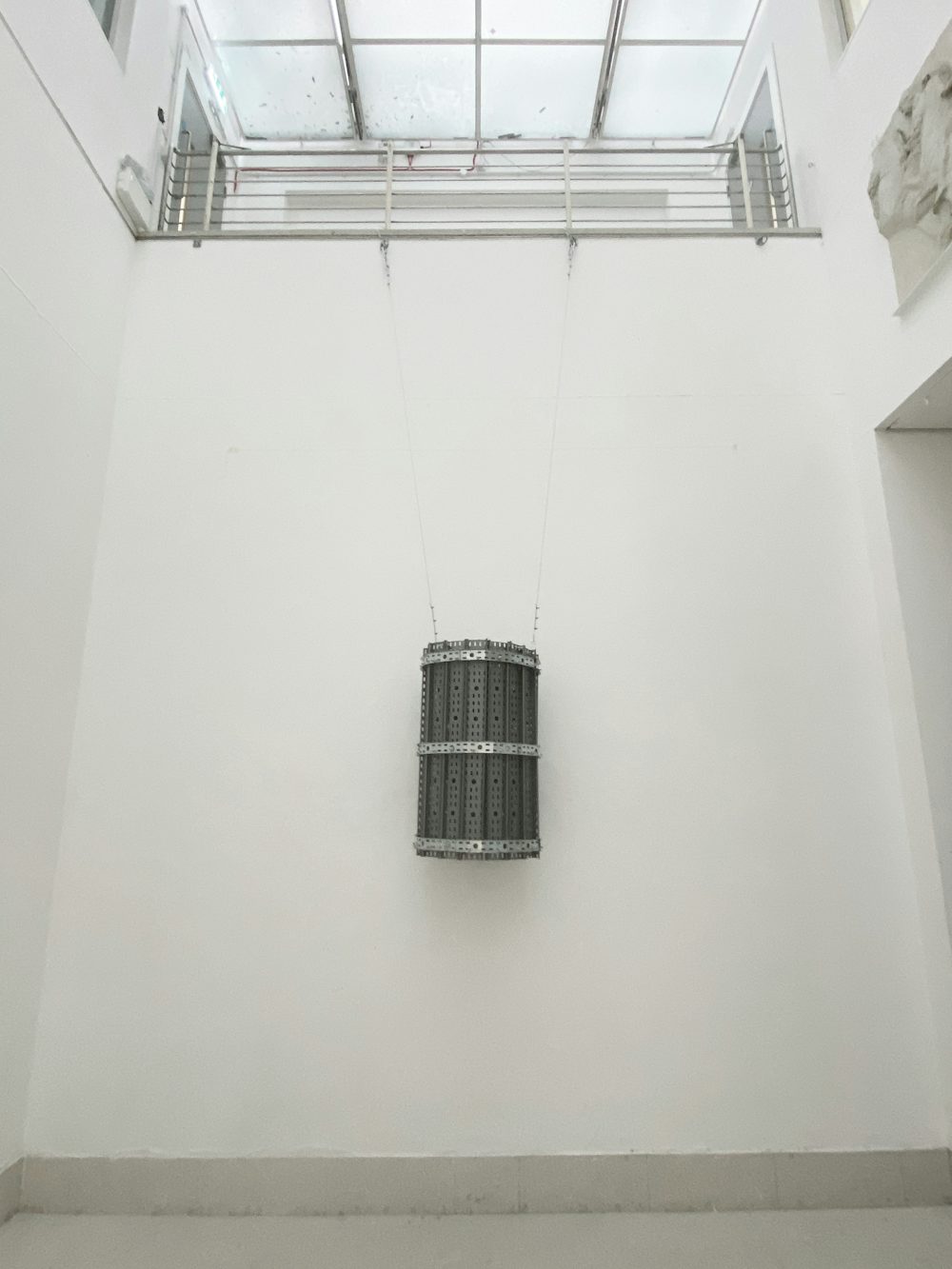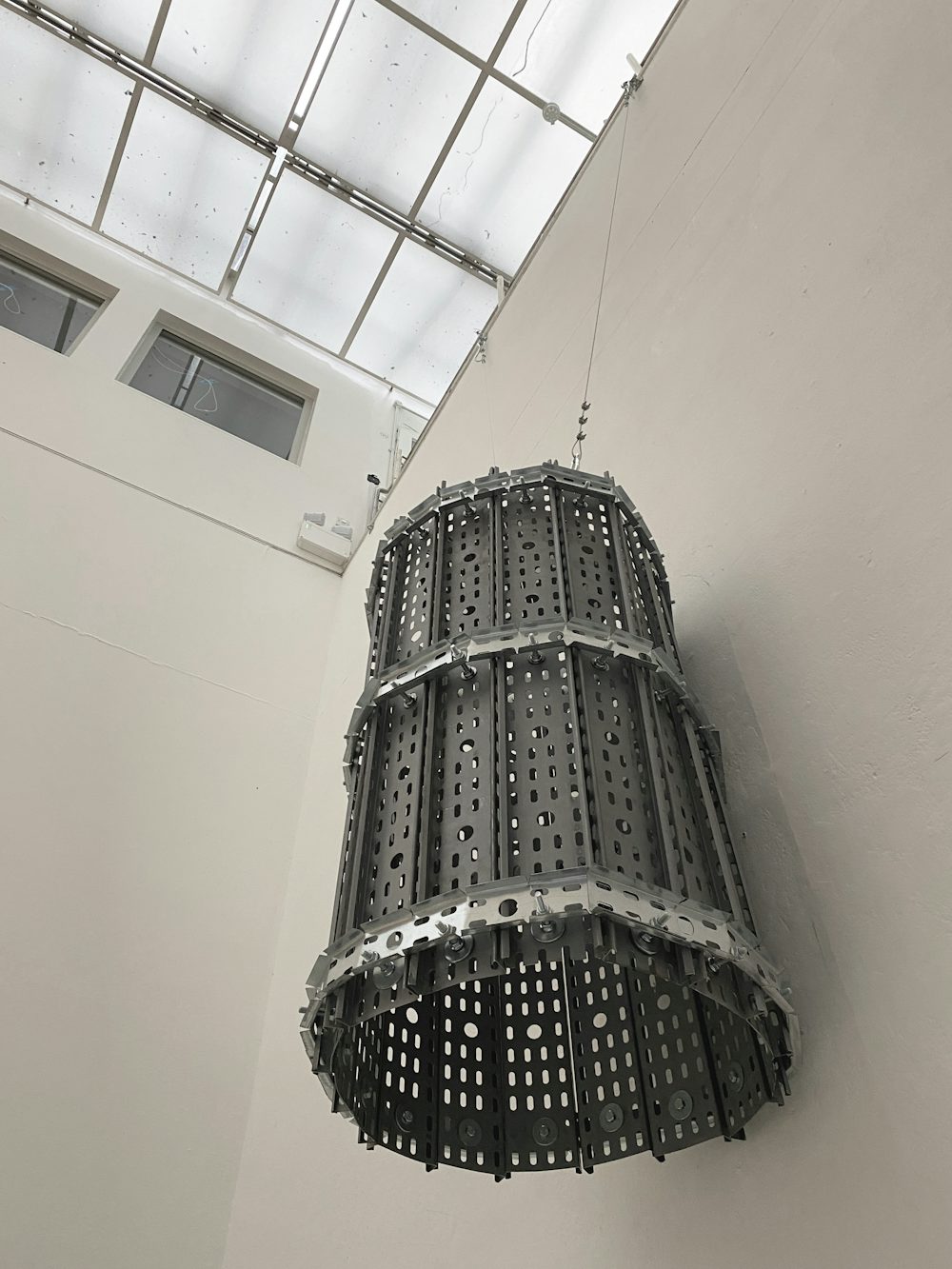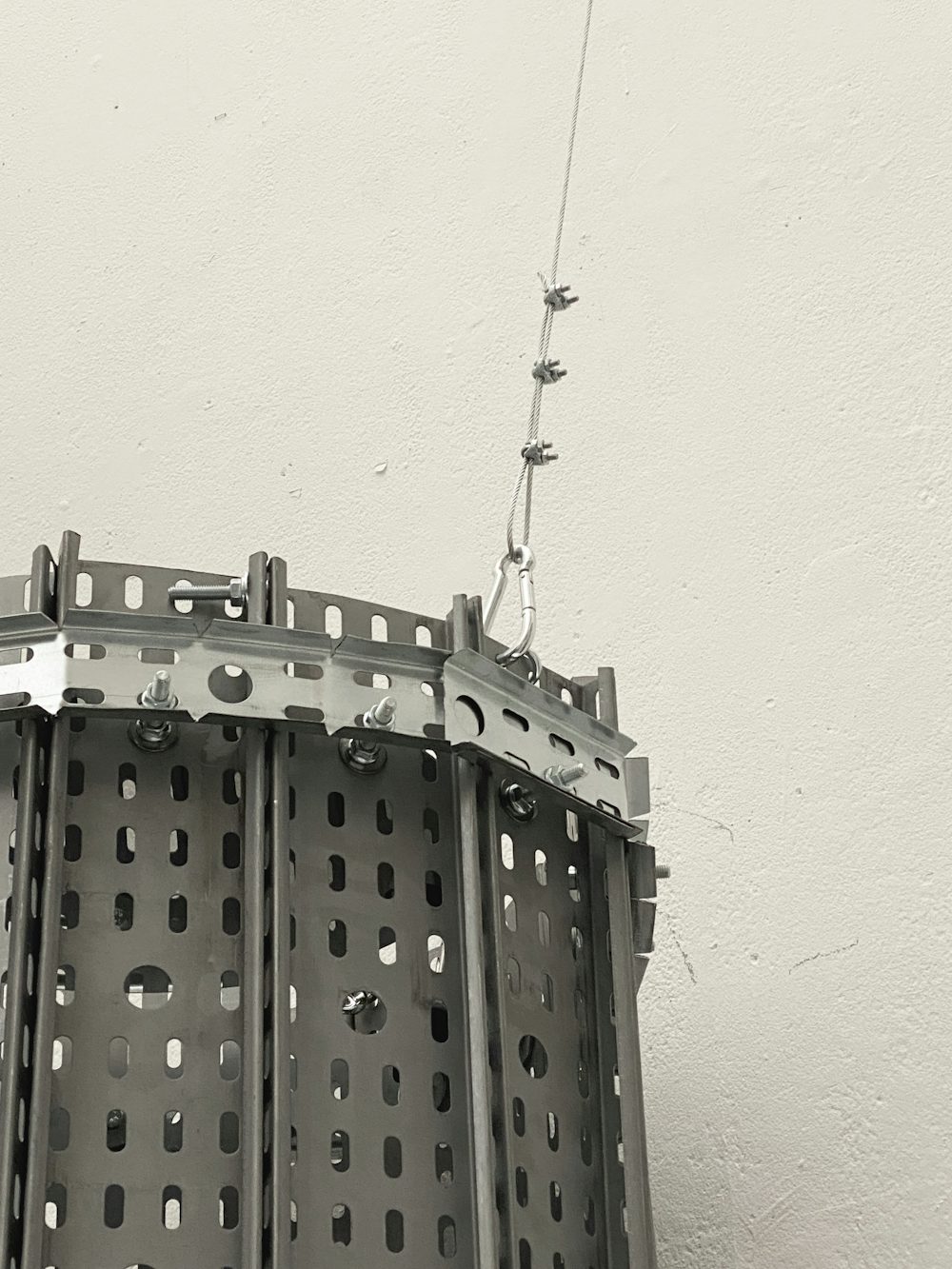Over the past 75 years, our understanding and management of memory have transformed from individual mnemonic techniques to an extensive reliance on technological infrastructure. Tradition- ally, memory was preserved through mental techniques like verbal and visual associations, notably the ancient Greek Gedankenpalast, or Memory Palace. This mnemonic method organised thoughts within an imagined architectural space, where mental “landmarks” were used to retain and recall information (Yates, 1966). Yates explains that the memory palace served as a “framework within which thoughts could be ordered spatially and remembered” (p. 11), highlighting the structured, spatial nature of this cognitive tool. Memory has evolved from the personal, mental exercise of the memory palace to physical records like books and lexicons, making knowledge more accessible. Today, memory is highly commercialised and digitised, storing everything from childhood photos and scientific papers to social media posts and fitness apps.
This shift from individual recall to collective digital repositories reflects memory’s transformation into a commodified and environmentally impactful entity, sustained by resource-intensive data centres. Today, memory storage has evolved beyond the mind and into vast global cloud infrastructures. These data centres transform the once-cerebral Memory Palace into a tangible reality, but they carry significant, often-unacknowledged environmental costs. The “cloud,” often perceived as immaterial, demands substantial resources to store, cool, and maintain digital information, challenging the notion of data as “weightless” (Parikka, 2015, p. 23). Each digital action—saving a file, uploading a photo—creates a tangible ecological impact. A prominent example is the Google Data Center in Douglas County, Georgia, which requires millions of gallons of water from the Chattahoochee River to cool its servers, underscoring the substantial physical and environmental costs of digital memory (Google, 2023). This project employs a methodology that combines historical research, environmental critique, and architectural experimentation to examine the socio-environmental implications of digital memory infrastructure. Drawing from the memory palace concept and contemporary data centres, this research explores the intersection of memory, architecture, ecology and Surveillance technology through tracking, measuring and pinning down.
The design strategy centres on an installation that recreates elements of data centre architecture in a gallery or urban setting. Using the mnemonic structure of the Gedankenpalast, the installation will evoke the physicality of digital memory, challenging the perception of data as “invisible.” Metal cable trays, common in data centres for organising cables and wiring, will be arranged in a continuous, intricate pattern that mirrors data pathways. These trays will symbolise the hidden infrastructure supporting data, emphasising the often-overlooked physical and environmental costs of digital storage. Inspired by Google’s Douglas County Data Center, where cooling systems and wiring layout illustrate the substantial resources required for data storage, the installation will use exposed metal cable trays to create a labyrinthine network. These trays invite viewers to navigate through or observe the structure, immersing them in the physical manifestation of data flow and its ecological footprint. Through this material engagement, the installation will serve as a tangible reminder of the environmental impact inherent in digital memory storage. This installation, “Data Palimpsest,” provides a critical exploration of digital memory’s environmental impact by reimagining the memory palace as a physical, ecological construct. Drawing on the Gedankenpalast as a framework, it critiques the hidden systems that sustain modern memory, making visible the environmental costs embedded in digital storage. Encouraging viewers to reflect on the ecological consequences of memory, “Data Palimpsest” prompts a reevaluation of data storage as a significant force shaping both architecture and daily life.



